
IT outsourcing has been vigorously gathering steam in the past decade, with more and more vendor companies emerging around the globe. But which model collaborations are there and what are the possible types of IT outsourcing models?
Staff augmentation, dedicated teams, and project outsourcing are the three main types of IT outsourcing models applied to various IT outsourcing collaborations. Each collaboration model has a specific benefit and meets certain requirements.
This blog post explains the processes involved in each collaboration model and focuses on the key factors to consider when making decisions.
Choosing the Right Types of IT Outsourcing Models
Staff augmentation is suitable for organizations that have an IT department in-house but face the need to scale by acquiring additional IT resources with different skill sets and functions.
Staff Augmentation
The staff augmentation engagement model is appropriate if your organization already has an in-house IT department, but you are facing the need to extend your team because of business growth. When you experience the necessity to acquire additional IT resources with different functions (software developers, QA analysts, application support engineers, project managers, etc.) to cover particular IT operations at your company, this model collaboration fits best. You can request one or more separate staff members according to your requirements, and each of them becomes an integral part of your in-house IT team. By choosing the staff augmentation partnership model, you receive quick access to expert resources who possess the needed skill sets, which directly integrate with your existing team and allow you to solve greater IT challenges and complete larger projects.
A dedicated team is a great option when you need a whole new team to be assembled to cover a specific IT project that will be managed within your organization.
Dedicated Teams
The dedicated teams model collaboration can be suitable to choose from regardless of whether you do have an existing in-house IT team or not. It is typically utilized when you have a need for an entire team to be assembled with the explicit purpose of covering a specific project (or several projects), which would be under your company’s management. In such cases, the IT vendor puts together the complete team needed for project realization, including roles such as application developers, QAs, project managers, and others in accordance with project specifics. What you receive as a service is a prepared team of IT professionals that would be fully dedicated to the success of your project(s).
Project outsourcing serves best to organizations with no internal IT team, which need a specific solution to be built for them by an external company, specializing in custom software development.
Project Outsourcing
This engagement model is appropriate for organizations that do not have an internal IT department or expertise in this field but find themselves in need of a specific software/IT solution to be developed to respond to a particular business challenge. By choosing to outsource a project to an experienced software development services provider, you rely on their expertise from the start of the project until its successful completion. In other words, the development, management, and quality assurance are the responsibilities of the vendor, and the solution is built according to clearly pre-set requirements and a pre-determined timeframe. The progress of the project is tracked with regularly occurring meetings. The final solution is delivered to the client for validation as soon as it is fully developed and meticulously tested.
Understanding the IT Outsourcing Collaboration Processes
Staff Augmentation Process
- The client is faced with a specific business challenge related to the IT department extension.
- The client expresses interest in an IT vendor’s services with the purpose of finding a solution to a specific challenge.
- The client submits an inquiry to the IT provider related to the need of acquiring individual resources in various IT domains (one or several) with specific expertise, which will be managed by the client.
- An initial meeting is carried out to outline the specifics of the challenge as well as the basic requirements and budget limits.
- The vendor shares expertise that responds to a specific challenge of the client and provides information about available resources and pricing models.
- The IT provider prepares and sends a formal offer.
- Carrying out subsequent meetings if necessary.
- Vendor management process during which the vendor must meet all contractual stipulations such as service-level agreements (with proactive reporting), compliance (GDPR, ISO), risk assessment, insurance, and other requirements.
- Contract completion and end of negotiation phase.
- The vendor begins communication with each respective business unit owner of the client.
- Recruitment and screening phase.
- Beginning of onboarding process.
- Providing access to client’s environments and systems according to client’s requirements.
- Regular synch-up calls/meetings on a specified basis (e.g. quarterly) to ensure that vendor’s resources are meeting client’s expectations in terms of quality, professional and communication skills, results, and added value.
- Individual feedback requests.

Dedicated Teams Process
- The client has a specific business challenge related to acquiring a team for a particular project.
- The client expresses interest in an IT vendor’s services with the purpose of finding a solution to the specific challenge.
- The client submits a request related to the need to obtain an entire team to work on a particular project/projects, which will be managed by client.
- An initial meeting is carried out to outline the team structure, budget, and pricing models.
- The vendor shares expertise, which responds to the specific challenge of the client (including team expertise and availability).
- The IT provider prepares and sends a formal offer.
- Carrying out subsequent meetings if necessary.
- Vendor management process during which the vendor must meet all contractual stipulations such as service-level agreements (with proactive reporting), compliance (GDPR, ISO 27001), risk assessment, insurance, and other requirements.
- Contract completion and end of negotiation phase.
- The vendor begins communication with the respective business unit owner of client.
- Recruitment and screening phase.
- Beginning of onboarding process. Providing access to client’s environments and systems according to client’s requirements or through vendor-provided technical infrastructure.
- Synch-up calls/meetings to ensure that the team is meeting client’s expectations in terms of quality, professional and communication skills, results, and added value.

Project Outsourcing Process
- The client has a specific business challenge.
- The client expresses interest in an IT vendor’s services with the purpose of finding a solution to the challenge.
- The client submits an inquiry regarding an IT/software project.
- Carrying out a preliminary meeting to discuss the challenge, basic requirements, budget, delivery timeframe, and pricing model.
- The IT provider prepares and sends a formal offer.
- Carrying out subsequent meetings if necessary.
- Vendor management process if required.
- Offer acceptance phase and contract signing.
- Beginning work on the project.
- The vendor provides a designated point of contact for the project.
- The vendor provides regular project status updates.
- Solution delivery.
- Formal project acceptance by client.
- Warranty according to contract.
- Support and maintenance if requested by the client.

In conclusion, outsourcing can provide a significant competitive advantage if a well-managed partnership is established. It is of utmost importance to understand the processes involved in each model of collaboration. By carefully considering the types of IT outsourcing models, you can make decisions that are in line with your business objectives and empower your organization to grow in the ever-evolving IT landscape.
For over 16 years, we have been successfully practicing staff augmentation, dedicated teams, and project outsourcing models in partnership with a large number of offshore and nearshore clients. If you are willing to learn more about how to drive business growth, we invite you to get a free IT consultation today.
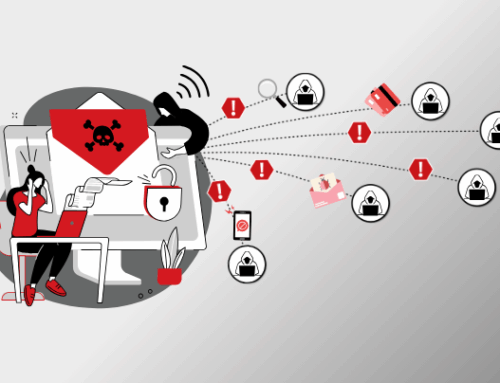
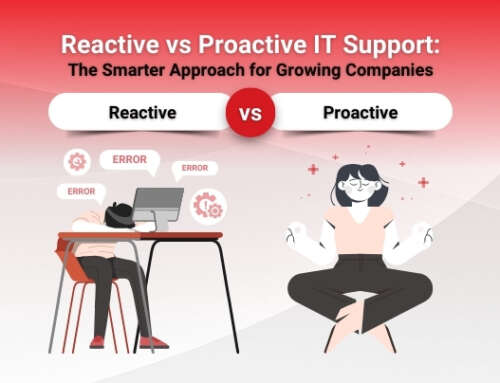
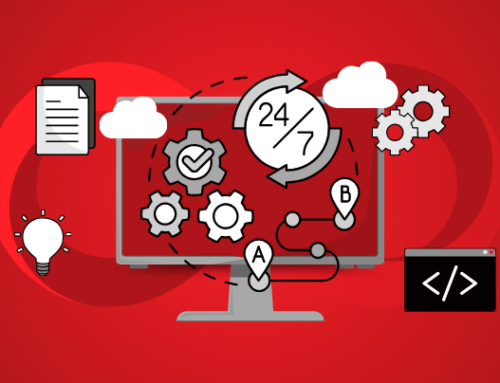
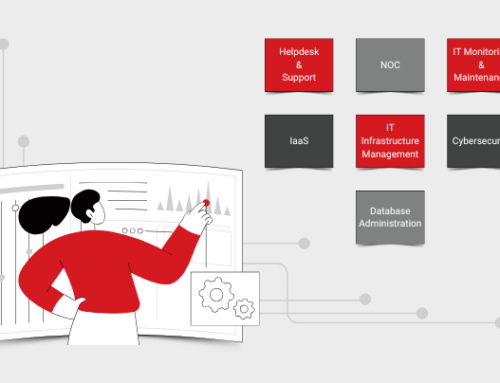
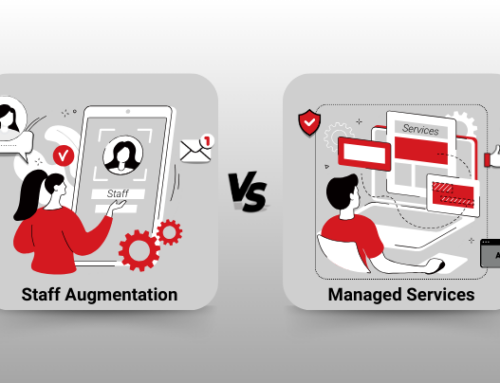
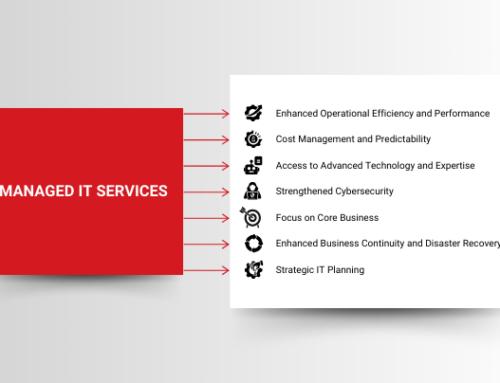
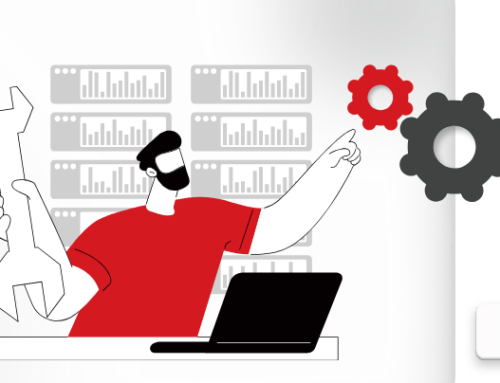

Leave A Comment